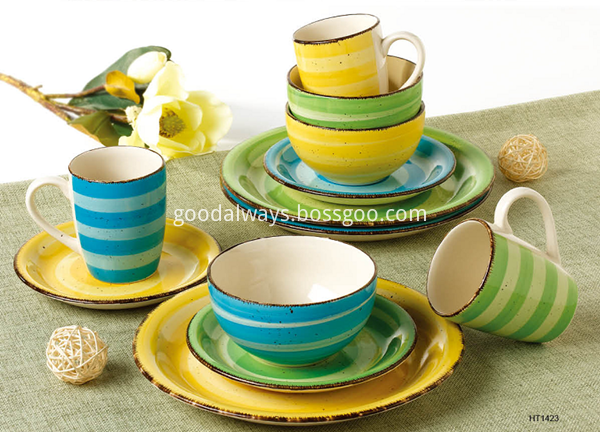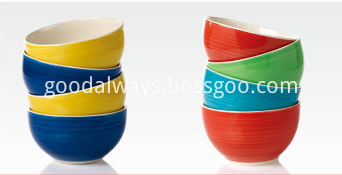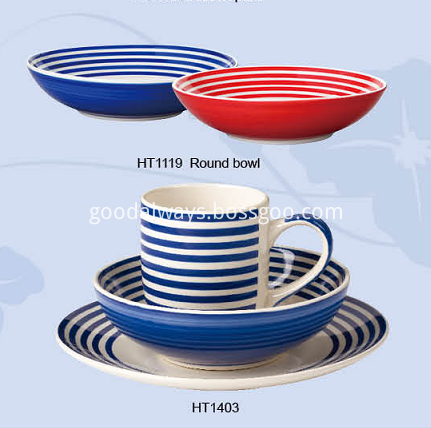First, the thickness of the paper
Different paper selections have different printing pressures. Before printing, the printing pressure between the blanket cylinder and the impression cylinder is adjusted according to the thickness of the paper, which is achieved by adjusting the center distance of the two cylinders or the thickness of the liner. The same batch of printed paper requires uniform thickness. If the thickness is not uniform, the ink transfer rate will be different due to different printing pressures, thus resulting in changes in color depth. In severe cases, image and text information cannot be completely reproduced due to insufficient printing pressure.
When using thin paper for printing, due to its good ink absorption, there may be a phenomenon of print-through. In order to avoid problems with through-printing, thicker inks and as little printing pressure as possible should be used when printing thin paper. When using cardboard for printing, due to its tightness and loose structure, the amount of deformation in the vertical direction of the paper during printing is large, and it is necessary to increase the maximum amount of compression of the blanket cylinder and the impression cylinder to obtain sufficient printing pressure.
Second, the silk direction
The fiber arrangement of the paper is directional. According to the arrangement of paper fibers, it is divided into "twisted silk crepe paper" and "horizontal silk crepe paper".
The elongation of the paper caused by water absorption is not the same in the direction of the vertical thread and in the direction of the thread. The elongation in the direction of the vertical thread is about 3 to 8 times the elongation of the thread in the direction of the thread. Under the influence of printing pressure, horn-shaped elongation tends to occur, especially in the two corners of the trailing edge. This results in a larger overprinting error in the two corners of the trailing edge; the tensile strength of the sheet in the direction of the strand is better than that in the direction perpendicular to the strand. In general, it is preferable to print on a sheet-fed printer to use paper in the direction of the longitudinal thread. Because the long side of the paper is always parallel to the cylinder axis of the printing machine, the longitudinal edge has a small elongation and a large short side elongation, allowing the absolute length of the long side and the short side of the paper to be extended. The difference is not too big; on the other hand, the short side with high elongation rate can be remedied by adjusting the pad of the Plate cylinder due to the change of the paper size, and the roller axial misregistration is not Unable to make up for it.
Longitudinal and cross-webs cannot be printed together. Because under the same conditions, the length of the long side and the wide side of the two different fiber orientations are different. If overprinting occurs due to paper deformation during the next color printing, even if you try to take certain measures to remedy it, It cannot be performed because there is no uniform deformation.
Third, the paper surface gloss
Glossiness refers to the ability of the surface of the paper to reflect the incident light at a certain angle, which indicates the degree of gloss of the paper. In general, the higher the paper smoothness, the higher the glossiness, and the effect of the glossiness on printing is as follows.
1 The print gloss will increase with the gloss of the paper itself, and the glossiness of the print will make the color bright and plump. In actual printing, high-gloss prints are generally used, and high-gloss papers are generally used.
2 High-gloss paper can achieve higher printing density when printed on the paper with the same ink film thickness compared to paper with low gloss.
3 Due to the effect of glare, high gloss often leads to poor reading quality and makes people feel tired. Therefore, text-based publications often use low gloss.
Fourth, smoothness
Smoothness is a technical indicator for evaluating the surface roughness of paper and board. In general, the smoothness of paper under the influence of printing pressure is called print smoothness, and the smoothness in a free state is called apparent smoothness.
Paper smoothness has a great impact on printing, mainly reflected in the effect of dot reducibility and printing gloss.
1 Effect of smoothness on blotting reduction. The degree of smoothness of printing determines the degree of contact between the surface of the paper and the surface of the ink-filled blanket at the moment of imprinting, and is an important factor that affects the overall transfer of ink and the clarity of the graphic and text.
2 Effect of paper smoothness on blotting gloss. After the ink is transferred from the blanket to the paper, it has a certain degree of fluidity on the paper before it is officially dried. When the ink and printing conditions are constant, the higher the smoothness of the paper, the better the leveling of the ink and the stronger the glossiness of the printing. Papers with poor print smoothness, in order to obtain a uniform, complete ink transfer and a reasonable solid density, the general measures taken are: to increase the printing pressure and increase the amount of ink and ink flow.
Fifth, the ink absorption of paper
In the printing process, the absorption of ink to the paper is related to the tightness of the paper, the surface properties of the papermaking fiber, the content of the filler and the rubber material, and also related to the characteristics of the printing ink, the printing method, the printing speed, the printing pressure and other factors. . The degree of ink absorption of the paper affects the fixing and drying speed of the print, and also affects the quality of the printed product.
When the ink absorption of the paper is too high, the binder in the ink is excessively absorbed into the interior of the paper, the amount of the binder in the ink layer is accordingly reduced excessively, the pigment particles in the ink float on the paper surface, and the ink layer is dried After the lack of luster. When printing on paper with low ink absorbency, the drying speed of the ink will be slower, and the phenomenon of smudging on the back surface will occur easily. The paper with low ink absorption capacity should control the thickness of the ink layer, and use quick-drying ink and spray. Powder and other measures to prevent back dirty.
Six, the water content of paper
The ratio of the mass of water contained in the paper to the mass of the paper is called the moisture content of the paper. The moisture content of the paper has an important influence on the printing process and the quality of the product. Too much or too little moisture will cause many printing problems.
1 If the water content of the paper is too high, the surface strength and tensile strength of the paper will be significantly reduced, which will aggravate the napped and stretched deformations in the printing process; the elasticity and stiffness of the paper will be reduced.
2 If the water content of the paper is too small, the paper will become brittle, become hard, and be easily damaged, and the insulation of the paper will increase and static electricity will be easily generated. When printing, it is prone to double-sheet, empty sheet and so on.
3 The change in the paper size caused by the change in the paper's moisture content is the most important reason for the failure of offset printing overprinting. In addition, the "foliar edge", "tight edge", "crimp", etc. caused by the uneven change of the moisture content of the paper bundle can cause the prints to be creased, the overprinting inaccurate, the paper feeding and the delivery difficult, and the like. Therefore, in the ordinary production of the job, it is necessary to strictly control the change of the moisture content of the paper, including controlling the change of the moisture content of the paper caused by the surrounding environment of the paper.
Stoneware Bowl, Stoneware hand-painted Bowl , hand painted stripe Bowl, Cereal Bowl , Rice Bowl , Pasta Bowl , Cereal Bowl , Soup Bowl , Large Soup Bowls , ,round bowl ,fruit bowl ,Salad Bowl ,noodle bowl ,mixing bowl
Stoneware ,hand painted with different pattern ,stripe, fruit ,flower-.
Different Shape: Round, coupe, square
Different size: 4 inch, 5 inch, 5.5 inch, 6 inch--
With CIQ, SGS, CIQ and LFGB certificate
Dishwasher and microwave safe, durable and easy to care for.
Welcome OEM and accept your own band and design.
We can make different combination of Dinnerware Sets as your requirement.
Can be single pieces ,sets , pack 4 ,pack 6
Different packing: bulk packing, gift color box, Mail Box, PDQ, Pallet packing, IKEA packing.
Payment terms: T/T or L/C
FOB PORT:Qingdao,China
Delivery date: 45 days
Accept OEM and your own brand and design
Samples are available.
MOQ: 1000 pieces for bulk item, gift box sets is 600 sets
Mixed order is accepted.
Any more question, please contact our customer service.




Stoneware Bowl
Rice Bowl,Pasta Bowl,Soup Bowl,Hand Painted Bowl
Shenzhen Good-Always Imp.& Exp.Co.Ltd , https://www.good-always.com